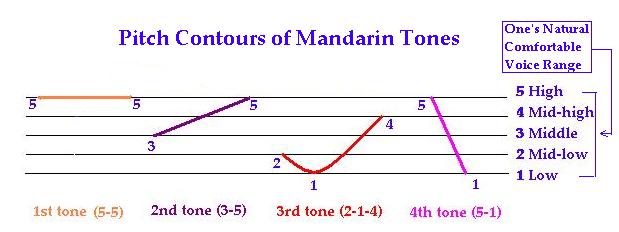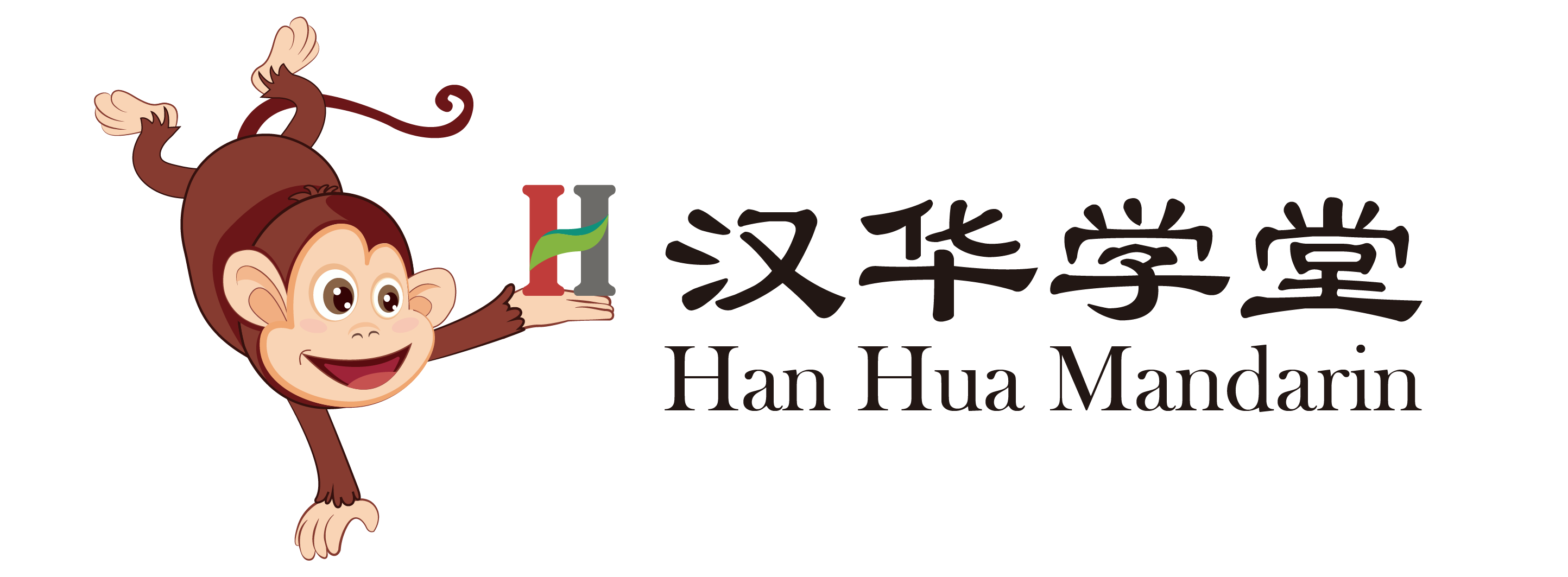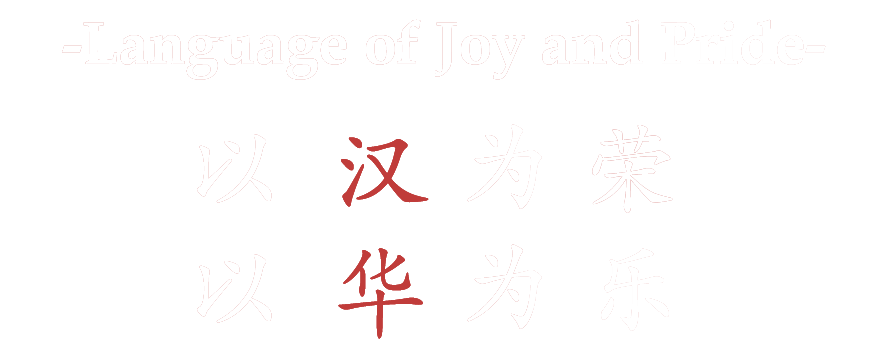The Importance Of Han Yu Pin Yin Classes For Your Child And Why?
A child’s journey to learn the Chinese language begins with Han yu Pin yin classes. Since there is a large emphasis on Han yu Pin yin in Primary 1, it is imperative that parents pay attention to Han yu Pin yin in Kindergarten 2 and Primary 1 by going for Primary School Chinese Tuition.
Pin yin is a method for practicing and remembering sounds, unlike English, which we can pronounce through our vision. Thus, Pinyin is an effective tool for teaching learners of Chinese to speak and learn Mandarin (pǔ tōng huà, Standard Mandarin Chinese).
There are a few things to know about han yu pin yin,
What is Hanyu Pinyin(汉语拼音)?
Pinyin is a phonetic system that means “spell sound”, In addition to being used for typing or texting, it also teaches pronunciation to Chinese students.
The first consonant of a Chinese word is followed by the final vowel. All consonant-vowel-consonant words end in “n” or “ng”. Occasionally, Pinyin accompanies traditional Chinese characters in Hong Kong.
What are the three important components of pinyin?
Pinyin consists of syllables comprised of three parts: initial, final, and tone markers. These three parts – initial and final – constitute the basic elements of the pinyin system, not consonants and vowels like in other languages.
Why was Pinyin created and is important to learn nowadays?
The Pinyin system was established in the 1950s to ensure that Chinese characters can be pronounced uniformly across the nation since 56 ethnic groups speak different dialects.
These standardizations of Pinyin have also made it easier for Chinese learners in other countries to read Mandarin Chinese.
You often see Chinese characters made up of many strokes. For example, “你好”, means “Hello” in English. However, unless you learn Pinyin, you can’t tell how to pronounce it.
The han yu pin yin placement of tones:
To remember the tone marks in Pinyin, always put them above vowels, except when the tone is in the light tone.
If the Pinyin contains two or more vowels, place the tone mark according to “a, o, e, i, u, ü” instead.
This rule does not apply to all cases. Tones should be placed on “u”, not “i” when you see the compound final “iu”. This can be remembered by placing the tonal above the final at the back of the pinyin if it has “i” and “u” at the same time.

An algorithm to find the correct vowel letter (when there is more than one) is as follows:
- If there is an a or an e, it will take the tone mark
- If there is an ou, then the o takes the tone mark
- Otherwise, the second vowel takes the tone mark
Generals
Single meaning: Words with a single meaning, which are usually set up of two characters (sometimes one, seldom three), are written together and not capitalized: rén (人, person); péng you (朋友, friend); qiǎo kè lì (巧克力, chocolate)
Combined meaning (2 or 3 characters): Same goes for words combined of two words to one meaning: hǎifēng (海风; 海風, sea breeze); wèndá (问答; 問答, question, and answer); quánguó (全国; 全國, nationwide); cháng yòng chí (常用词; 常用詞, common words)
Combined meaning (4 or more characters): Words with four or more characters having one meaning are split up with their original meaning if possible: wú fèng gāng guǎn (无缝钢管; 無縫鋼管, seamless steel-tube); huán jìng bǎohù guīhuà (环境保护规划; 環境保護規劃, environmental protection planning); gāo měng suān jiǎ (高锰酸钾; 高錳酸鉀, potassium permanganate)
Duplicated words
AA: Duplicated characters (AA) are written together: rén rén (人人, everybody), kàn kan (看看, to have a look), nián nián (年年, every year)
ABAB: Two characters duplicated (ABAB) are written separated: yán jiū yán jiū (研究研究, to study, to research), xuě bái xuě bái (雪白雪白, white as snow)
AABB: Characters in the AABB schema are written together: lái lái wǎng wǎng (来来往往; 來來往往, come and go), qiān qiān wàn wàn (千千万万; 千千萬萬, numerous)
Nouns and names (名词; 名詞; míng cí)
Words of position are separated: mén wài (门外; 門外, outdoor), hé li (河里; 河裏, under the river), huǒ chē shàng mian (火车上面; 火車上面, on the train), Huáng Hé yǐn án (黄河以南; 黃河以南, south of the Yellow River)
Adjectives (形容词; 形容詞; xíng róng cí): A monosyllabic adjective and its reduplication are written as one: mēng mēng liàng (矇矇亮, dim), liàng táng táng (亮堂堂, shining bright)
Pronouns (代词; 代詞; dàicí)
Personal pronouns and interrogative pronouns are separated from other words: Wǒ ài Zhōngguó. (我爱中国。; 我愛中國。, I love China); Shéi shuō de? (谁说的?; 誰說的?, Who said it?)
Removing the Two Dots on “ü”

Generally, if the final with “ü” comes after the initials “j”, “q”, or “x”, the dots on top of the “ü” are removed. Therefore, it becomes “ju”, “qu”, or “xu”.If the final with “ü” follows after the initials “l” or “n”, the dots on top of “ü” will remain. Therefore, it will be “lü” and “nü”.
Pronounce the different sounds by emphasising mouth structure.
Difference between letter sound with “h” and no “h”.
- Tell them that when you say “z”, “c” and “s” – the mouth opens up like a smile showing your teeth (emphasised on it, show more dramatic action for now).
- When you say “zh”, “ch” and “sh” – our lips pursed up into an “o” shape.
- Also, when you say “ch” or “sh”- you are spitting out breath on your hand while this doesn’t happen for “zh”.
- “s” and “sh” – open mouth wide for “s” and pursed lips for “sh”.
Abbreviations for han yu pin yin
For Pinyin that is pronounced as “iou”, “uei” or “uen”, the middle vowel “o” is dropped. They are spelt as “iu”, “ui” and “un” in writing. For example:
- “qiou” is spelt as “qiu”
- “huei” is spelt as “hui”
- “kuen” is spelt as “un”
Reading Chinese storybooks with Hanyu Pinyin and point them out in the story.
The best way to experience the Hanyu Pinyin application is to get them storybooks in Hanyu Pinyin when they have completed their Hanyu Pinyin training.
Thus, they’d understand how Hanyu Pinyin is used in actual books rather than just on worksheets!
Helping your child get better at Mandrian:
Most Chinese children are already able to speak some basic words and sentences before they are taught pinyin. When it comes to the pronunciation of Chinese characters and the use of dictionaries, pinyin serves as a vital auxiliary tool. Despite being the foundation of learning Chinese, pinyin is easy to learn.
In the minds of most students, Han yu Pin yin represents just some meaningless sounds without any connection to meaning. The context of the Pinyin students learn can help them make sense of it. Enrolling your child in Chinese Enrichment Class Pinyin can be taught to your child more easily with stories if you use them to teach it. Additionally, stories make learning more interesting and engaging.

There are a few studies that have shown. When parents pay more attention and ask about their child’s learning daily would encourage their children to be more interested in their studies. As a parent, you must show your child the importance of a subject and learn with them if they dislike learning.
Encouraging them and teaching them patiently creates a better learning space for your child as well as child-parent relationship-wise. Checking in with your child about their learning allows them to feel a sense of comfort and accomplishment. Sharing their learning troubles or achievements they had during lessons builds confidence in learning better.
Why should your kid start with Primary School Chinese Tuition?
Early-stage learning encourages students to have a better understanding skill and constant exposure to the language.
it also improves flexibility as it is not practical for teachers with 40 students in the class to pay attention to all children in learning. This doesn’t satisfy the child’s learning and causes them to fall behind in class and feel overwhelmed by stress as they are not able to understand the materials in class. Han Hua Mandarin Centre strives to guide students to be confident in their learning and prevent students from falling behind in class.
Summary
Han Hua Mandarin Centre (Toa Payoh Chinese Classes), Singapore’s only Chinese enrichment center’s vision is To pass on the rich traditions of the Chinese culture and to guide students of Han Hua Mandarin Centre to express themselves confidently in life.
To guide Han Hua Mandarin Centre students in comprehending the world through the Chinese language.
To help shape the values of every Han Hua Mandarin Centre student, to grow into a good person with a sound moral compass.
Enrolling your child in Han Hua Mandarin Centre classes will encourage them to learn as it is the foundation of learning the Chinese language. We strive for the best in education and guide students confidently. Do check out other sites to learn more about Han Hua Mandarin Centre’s core skills.







